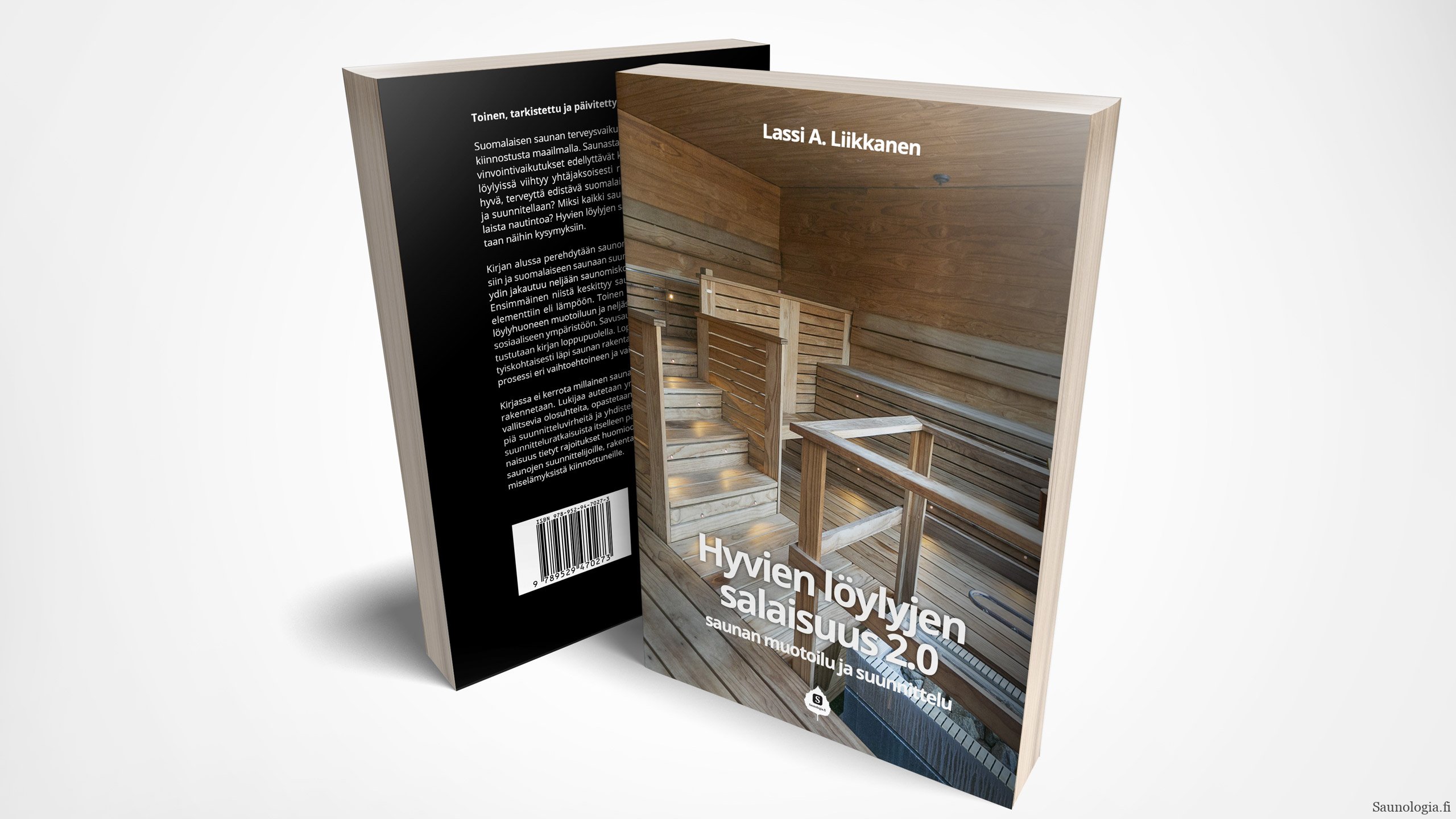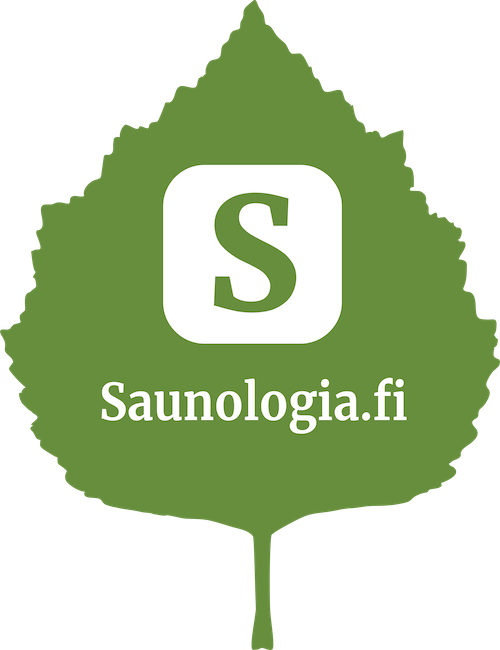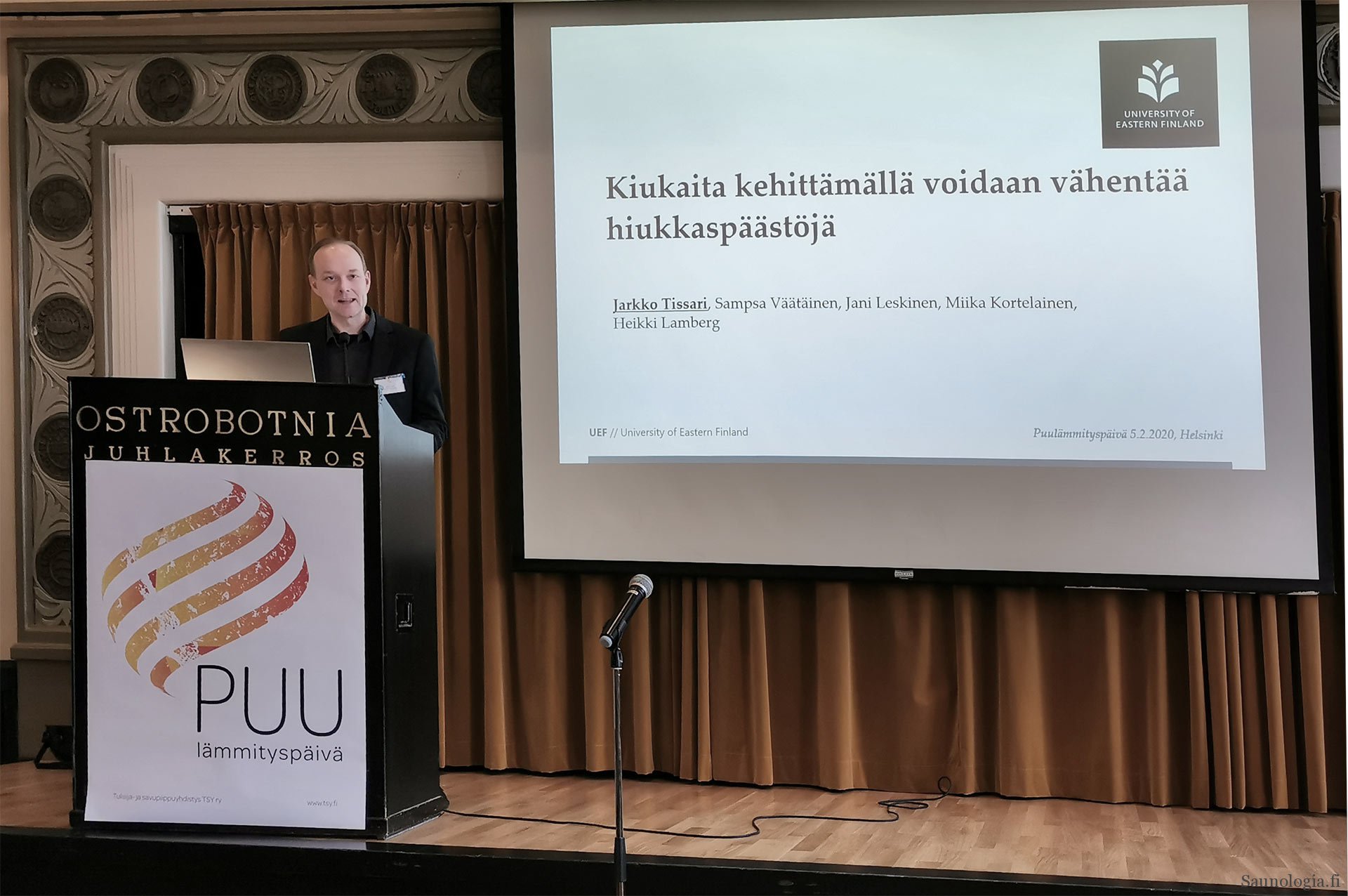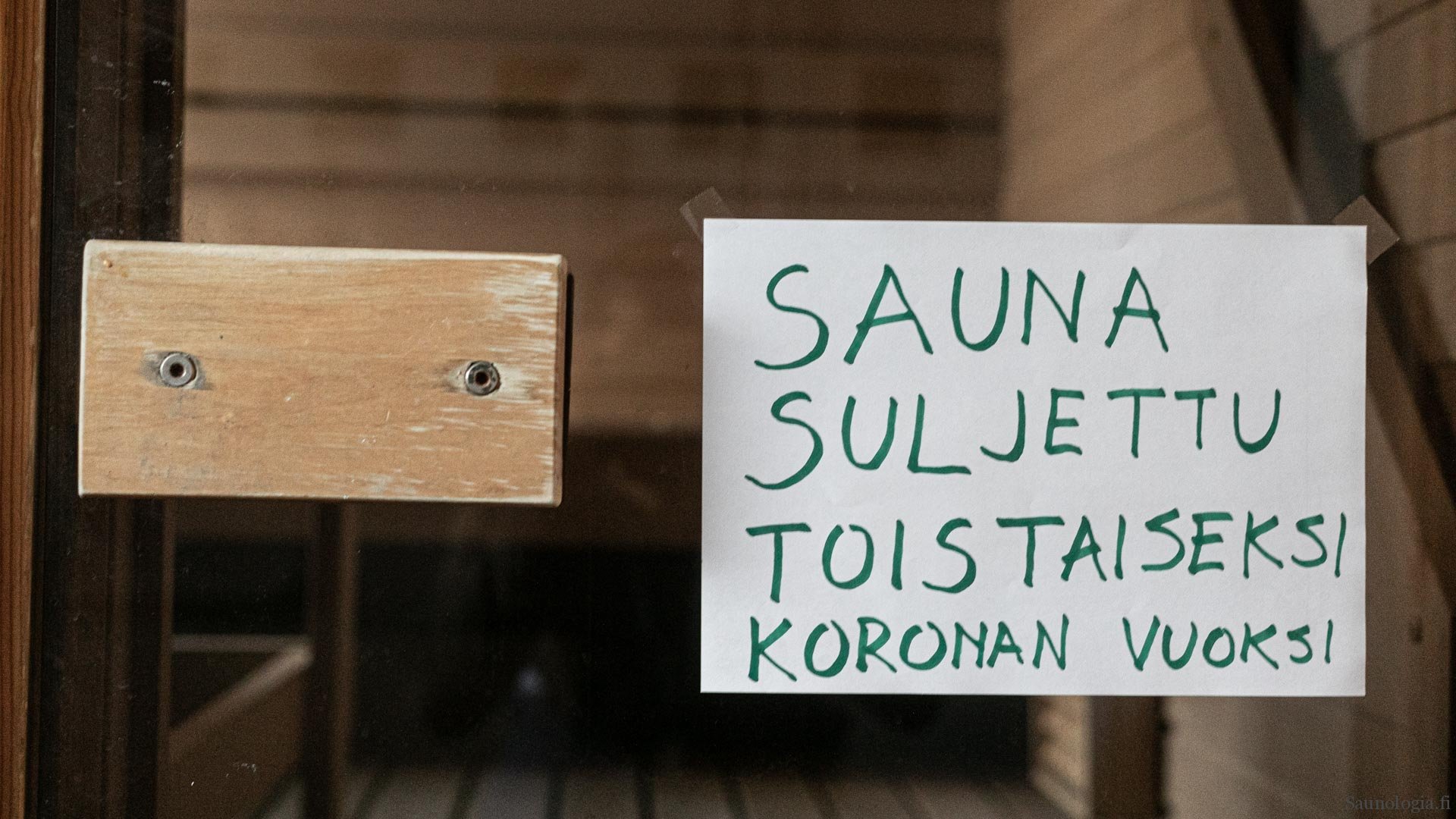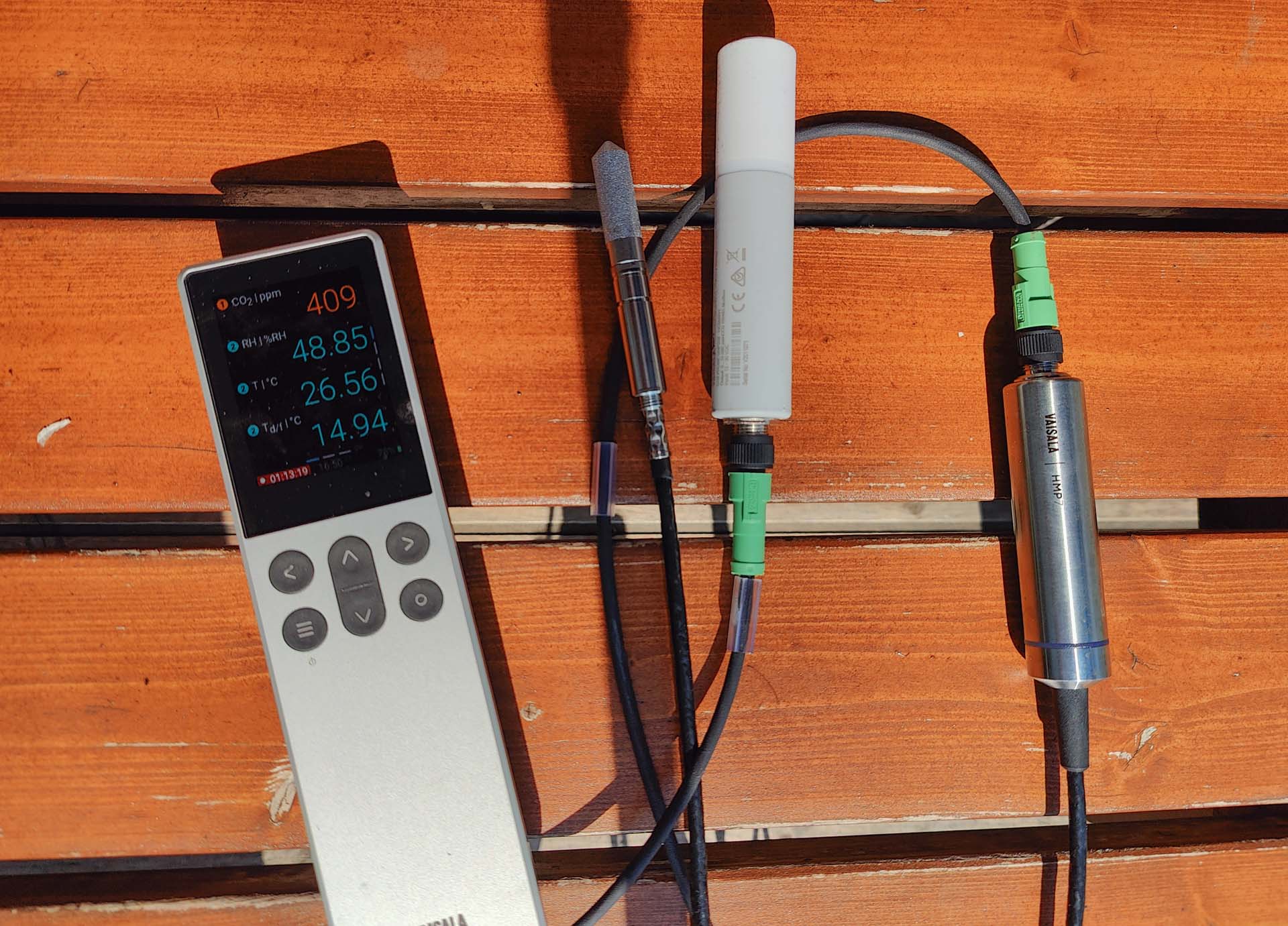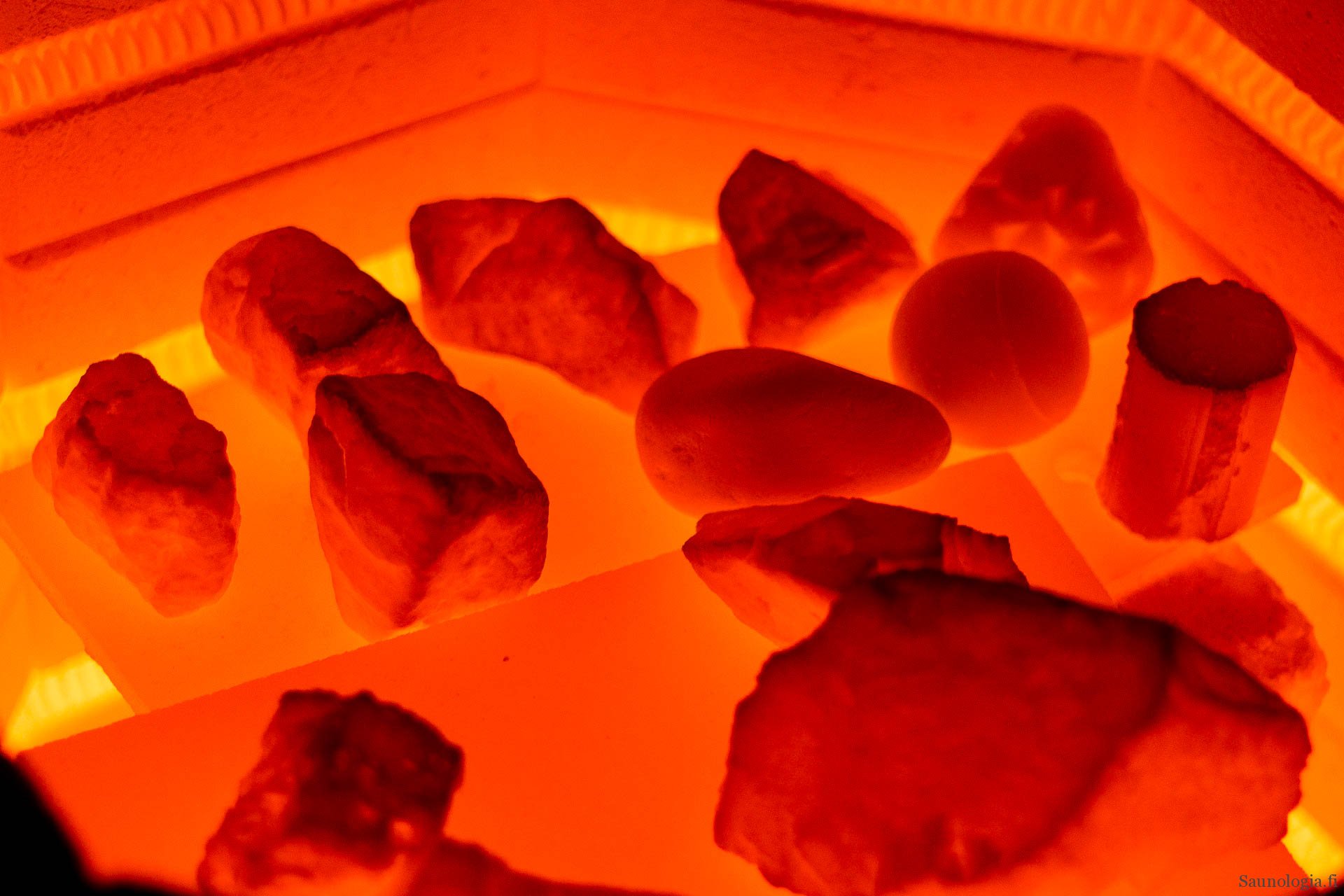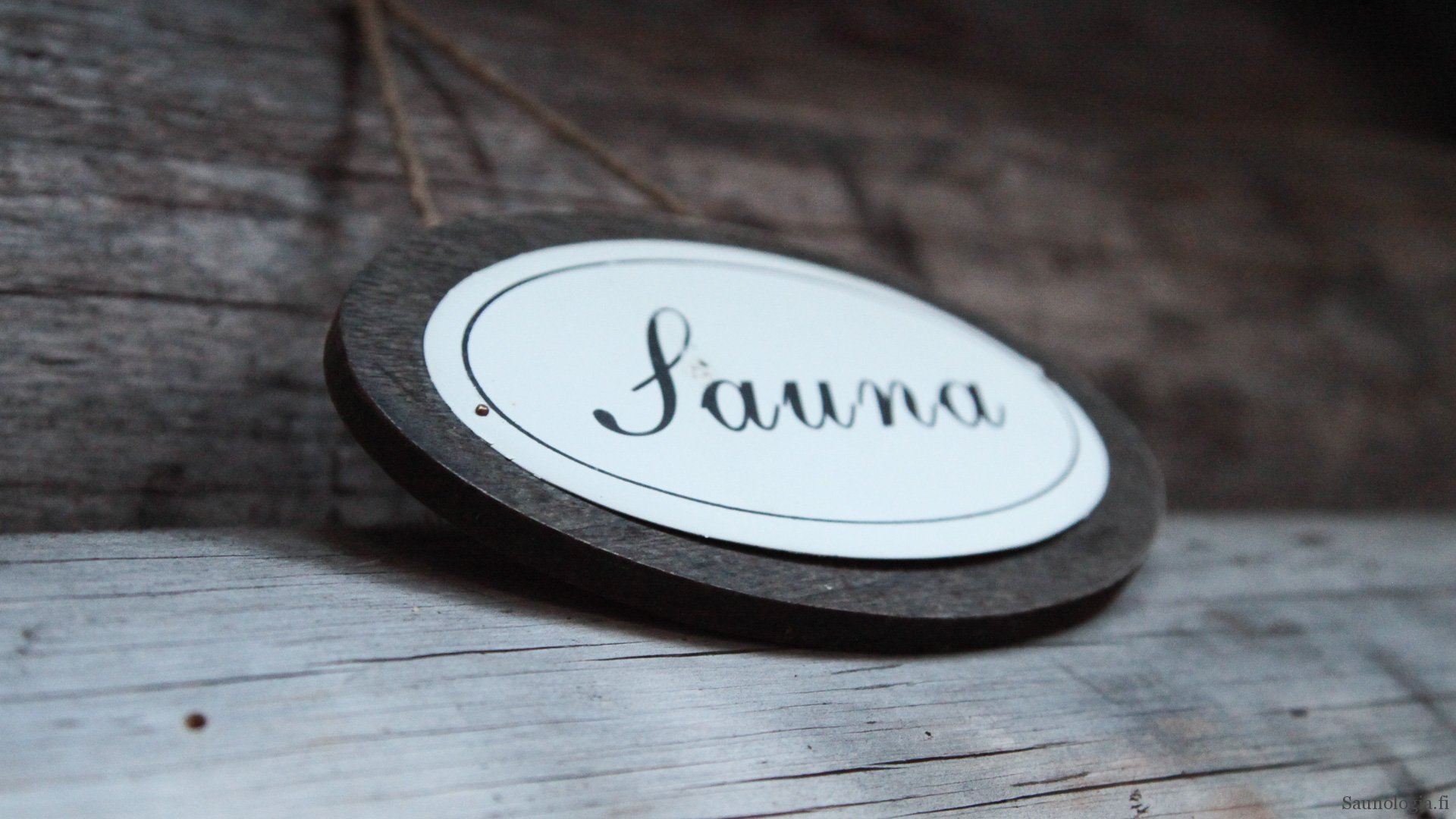World Sauna Forum 2019 – Opinion: IR heat falls in the sauna knowledge gap
The program of the third Word Sauna Forum held in Tampere, Finland on 3-4th of October concluded with a panel discussion about the “business potential of the best sauna experience in the world”. The discussion was cut short due to time constraints in middle of an interesting debate on the relative standing of infrared heat and so called IR saunas in comparison to traditional Finnish saunas. The discussion was fueled by a question from Jenifer Felan (Organic Sweat Shack, US) regarding the differences in health benefits between infrared and traditional sauna. The most vocal response from the panel came from Jake Newport (Finnmark Sauna, UK). Jake verbosely testified how traditional saunas also provide much radiant energy, thus overpowering IR solutions in most aspects.
I felt the discussion never reached a satisfactory state after that, but the time ran out for me to respond, so this is my take on the topic (admitting that my personal study of IR technology is still not ready for full exposure).
According computer simulations and some empirical research (not from Finland thou) the radiation energy across wavelengths slightly exceeds (3:2) heat energy transfer from convection (i.e., air borne conduction) in typical Finnish sauna conditions (Macqueron and Leppänen, 2017, DOI: 10.13140/RG.2.2.19394.68808). The actual situation varies according to the stove insulation, operation and the sauna room size. The conventional wisdom (Teeri, 1988) is that the sauna room should be evenly and appropriately warm and the stove relatively cool from outside so the radiant energy is received in good balance from all directions, not just the stove.
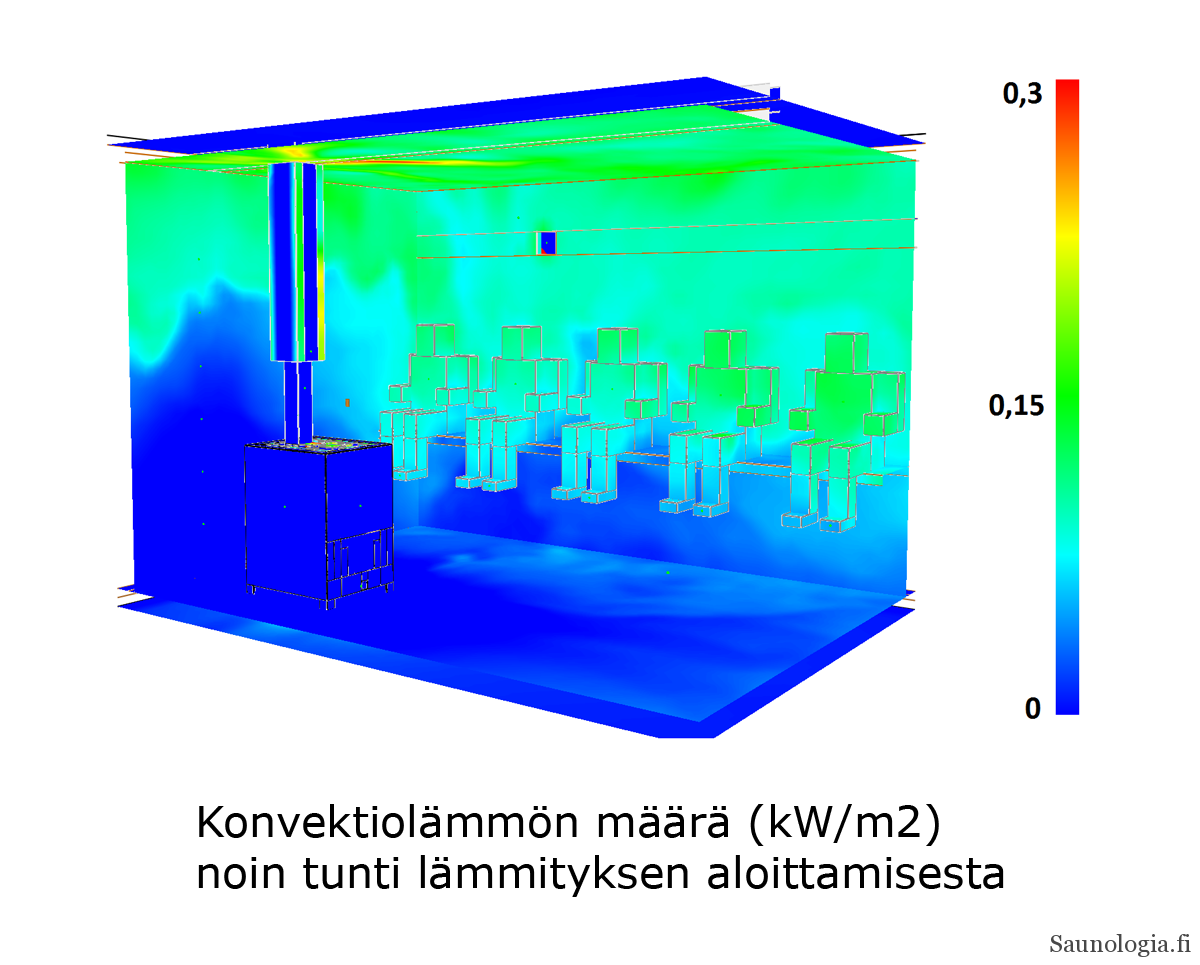

Bit of math: if you are running a 9 kW electric heater on full power for an hour, the resulting 9 kWh energy consumption should thus generate some 5 kWh of radiant energy. IR heaters are usually far less powerful. In practice, likely less, as the sauna in the stove temporarily capture of some of the energy. The exact energy balance in a real room will be subject to many variables such as ventilation, or if steam is generated (vaporizing 1.5 liters of water would consume 3700 kJ, equaling app. 1 kWh of energy).
However, we need to acknowledge a knowledge gap in basic sauna technology questions such as this. To best of my knowledge, there have been no studies to investigate the relative contribution of different wavelengths emitted across different types of saunas (variable temperatures and interior materials) which would help to make comparisons with infrared radiators heated saunas. My previous reference to a simulation is far too crude to count, I would like to empirical measurements and spectral energy. For instance, is traditional smoke sauna superior in this regard?
It is known that IR heaters can be attuned to specific wavelengths which will have different penetration and absorption responses in a medium such as human skin, bones, and other soft tissues. Without research that clarifies this, it is impossible to extrapolate precisely how much of the health benefits of IR radiation will be attained in a traditional sauna. A good deal, Jake has guessed, but how much exactly, we can only guess.
More research, please
I will now divert from the original question to the overall theme of the panel which started off from the best sauna experience. While there’s much work done to provide smooth customer journeys through sauna service by removing self-evident hurdles on the way to delight, such as the sauna service certification process by Sauna from Finland, we are nowhere near understanding the variance in actual experience any better. The physiological and health effects of different types of heat therapy environments are under constant interest and CEO Pekka Lettijeff from TyloHelo announced they are starting to support Swedish professor Hans Hägglund to pursue such research among clinical cohorts in Sweden.
What I would like to see, and even conduct, is research that would actually address the primary experience of sauna. I am not looking for a Kansei engineering type of reductionist account of good sauna experience, but I am not satisfied by leaving too much for subjective speculation. There are great individual differences probably due to both genetics and acclimatisation, but we should pursue much better understanding of which factors in the sauna environment will lead to different experiential outcomes. This could lead to various results. For instance, the Germans are convinced everyone should begin a sauna session with a warm foot bath presumably to promote sweating. This has no equivalent in Finnish sauna tradition, but I personally feel that similar smooth start works for me with sauna. However, this is clearly not the case for everyone.
So dear Finnish sauna enthusiasts around the world, I admit we’ve got several sauna knowledge gaps around the sauna design and utilization wisdom. They are easy to miss.
There’s still room and need for much research around basics sauna physics and engineering!
